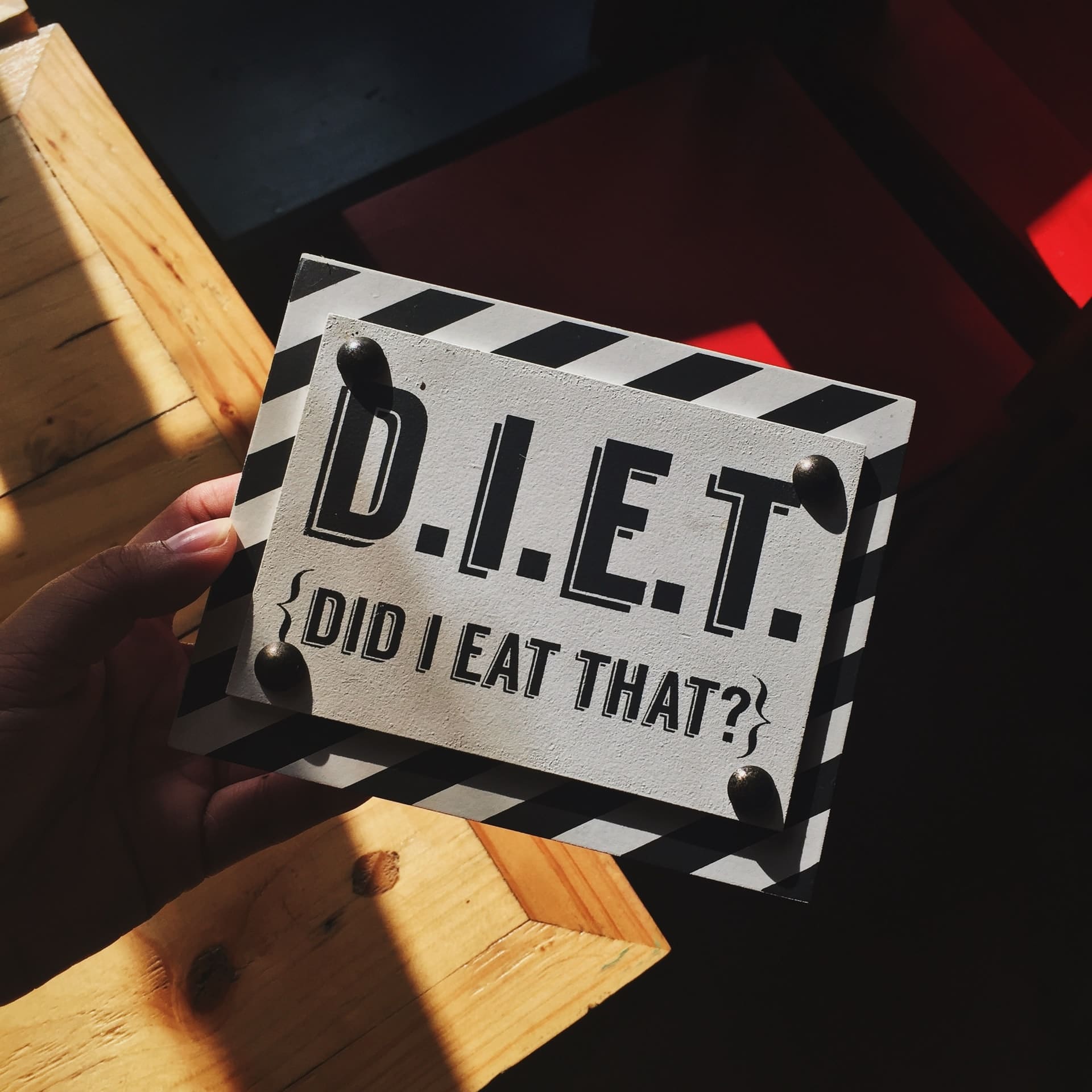So, you have been diagnosed with an autoimmune disease. Your doctor tells you to keep taking your medications and hands you a sheet titled “The Autoimmune Protocol Diet”.
What the heck is this and does it really matter? Should you give it a try? Will you starve? Could this be worse than COVID-19? Your questions are about to be answered.
It is never too late to do everything you can to take control of your symptoms and improve your quality of life. The Autoimmune Protocol Diet (AIP) can help.
Here is what you want to know to help you decide if AIP is right for you. I have also added useful tools to help you get started.
A Healthy Immune System vs. Autoimmune Disease

The Auto-Immune Registry estimates that auto-immune disease affects over 24 million Americans. Some other medical associations suggest that the number is closer to 50 million Americans. So, you are not alone.
A healthy immune system guards your body against germs like bacteria and viruses. Normally, the immune system can tell the difference between these and your own healthy cells. When it senses any uninvited guests, it sends out an army of “fighter cells” to attack them.
An autoimmune disease is a condition in which your immune system can’t tell the difference between these cell types. Your immune system mistakes part of your body, like your joints or skin, as foreign. It releases proteins called autoantibodies that attack healthy cells.
Some autoimmune diseases target only one organ. Type 1 diabetes damages the pancreas. Hashimoto’s Thyroiditis attacks the thyroid. Other diseases, like systemic lupus erythematosus (SLE), or Rheumatoid Arthritis affect the whole body.
Who Gets Autoimmune Disease?
It’s not known just exactly what causes our immune system to backfire. But what we do know is that some people are more likely to get an autoimmune disease than others.
If you have family members with your disease, you are one-third more likely to develop the disease. Thanks mom and dad. The other two-thirds comes from your environment, your diet, and your lifestyle.
Women contract autoimmune diseases at a rate of about 2 to 1 compared to men — 6.4% of women vs. 2.7% of men. The disease usually starts during a woman’s childbearing years (ages 15 to 44). By the time we reach our 50’s we may really start to feel the effects of our disease.
Some autoimmune diseases are more common in certain ethnic groups. For example, lupus affects more African American and Hispanic people than Caucasians.
Certain autoimmune diseases run in families. Not every family member will necessarily have the same disease, but they can inherit a susceptibility to an autoimmune condition.
Some Good News!
Do you love melted cheese on your fries with a yummy dessert of ice cream topped with chocolate sprinkles? Eating high-fat, high-sugar, and highly processed foods, also called the Western Diet, is linked to inflammation and a potentially nasty autoimmune response. No, this is not the good news.
The fact that you can control what you choose to eat and feel better is the good news!
What Is AIP?

The AIP is about eliminating certain types of inflammation-causing foods from your diet in an effort to offset the impacts of an autoimmune disease. Have you heard of the Paleo Diet? It is similar but with a few differences and a more holistic approach.
AIP also involves making lifestyle changes such as improving your sleep habits, decreasing stress, and getting some outdoor exercise. All of these have been shown to be catalysts in the symptomatic flareups or development of autoimmune diseases.
The goal of AIP is to reset your immune system and put your autoimmune condition into remission.
Although it is not described as a cure, it is something to add to your toolbox of strategies to improve your health.
Who Is It For?
The Autoimmune Protocol Diet is for anyone with an autoimmune disease. The belief is that it allows your body the opportunity to heal. So, if you have one of the over 100 autoimmune diseases and would like to improve your symptoms, AIP could be for you.
As with any diet, you should discuss it with your doctor before making dietary changes.
How Does AIP Work?
The Autoimmune Protocol Diet has over 1,200 clinical scientific studies backing up its success. Although there is still a lot to know about AIP, researchers have identified several ways that it works to help you.
As you know, autoimmune diseases cause inflammation. Inflammation causes pain and many more severe health issues. When you stop eating inflammation causing foods you reduce your symptoms. So, AIP helps reduce inflammation.
As a woman, I am familiar with hormones and what it’s like when they are out of balance. But did you know that unbalanced hormones can affect your immune system? The AIP nourishes your body and helps re-balance your hormones.
Leaky gut is believed to be involved in autoimmune disease. A leaky gut means that your intestinal wall has developed small holes that allow food nutrients, bacteria, and other toxins to leak directly into your bloodstream. Not good, right? AIP helps to heal leaky gut.
AIP fills you with whole foods chock full of nutrition. It makes sense that a healthy diet and lifestyle will improve your health.
Is It A Diet Or Is It A Lifestyle?
It is both. AIP actually takes a holistic approach to improving your health. You know it focuses on what you eat in order to heal your gut. But it also focuses on three lifestyle factors that complement your hormone balance and gut health.
- Sleep: Did you know that our immune system does most of its healing work while we sleep? Poor sleep quality also increases your stress. Please get your sleep.
- Stress: Take stock of what is causing you stress. Keeping your stress under control will help keep your health under control.
- Exercise: There is strong evidence to indicate that spending time in nature as a form of exercise contributes to a healthier immune system. Taking walks in a park or even walking in your neighborhood and focusing on the sound of birds or the beauty of the trees has a positive impact.
AIP Phases
There are three phases to the autoimmune protocol. The first one is the ‘elimination’ phase. The second one is the ‘maintenance’ phase. The third one is the ‘reintroduction’ phase.
It is critical that you keep a daily food and activity journal while you are on this protocol. Once you reach the third phase you will understand why it is so important.
You have come far in the learning process. Congratulations! You’ve got this! Now, keep reading.
Phase One: Elimination
In Phase One, you will eliminate food groups that trigger inflammation, intolerance, and leaky gut. This includes grains, legumes, nightshades, dairy, eggs, coffee, alcohol, nuts and seeds, refined and processed sugars, food additives, and some oils.
You will start to prepare and consume fresh, beautiful nutrient-dense foods and high-quality meats. You will also focus on the three lifestyle factors I mentioned. Remember, they also help regulate your immune system, balance your hormones, and improve your gut health.
You can start cold turkey. But, you may want to start gradually over 30 days. This method can help you stick with it. Over time, your taste for certain foods changes and you find yourself enjoying your new healthy diet. Either way, remember that you are doing this because you want a better quality of life!
Phase Two: Maintenance
Phase Two starts when you have completely eliminated the foods on the ‘what to avoid’ list. Research suggests that you stay in Phase Two between 30 and 90 days.
Phase Three: Reintroduction
Phase Three is where you very slowly start to re-introduce the foods that you have eliminated. Slowly and one at a time are the operative words here. Pay attention to how you feel as you re-introduce each food. Keep track of both the positive and negative reactions in your daily journal.
If you re-introduce a food and you really have a negative response, you may want to eliminate that food again.
As an example, Kathleen has Rheumatoid Arthritis. She noticed that every time she ate bacon her pain soared. She eliminated it from her diet and her pain decreased. In a moment of weakness, she ate a BLT sandwich. You guessed it. Kathleen now refuses to eat bacon.
How To Get Started On AIP Today
“Those who fail to plan, plan to fail”. If you are serious about succeeding, put the effort in at the front-end of your journey and make an Action Plan. Trust me, you will thank yourself.
Here is some Action Plan help:
- Get a binder and put your “Food List” in it. You can grab my FREE list.
- Empty out your fridge and pantry – give your unhealthy foods to a foodbank or a friend.
- Give a support group a try. Facebook is a good place to find support groups for just about anything.
- Create a meal plan for each of your meals and snacks each week. When you google ‘meal plans for AIP’ you will find several options to help you out.
- Meditate or at least take time every day to relax. Schedule it in like you would a doctor’s appointment.
- Set yourself up with a reasonable bedtime and try to stick to it. It is recommended that you get 7 ½ hours of sleep a night so plan accordingly.
- Get enough sleep. A short ‘self-guided meditation’ while lying in bed can help. YouTube has a wide selection. I entered ‘self-guided meditation sleep’ and several came up ranging from 12 minutes to much longer. I highly recommend choosing someone’s voice you like.
- Be active. If you can be active in nature that is terrific. If you have to be indoors, check out my At-Home Workout here.
- Tell people that you are doing this and ask them to only give you words of encouragement. Ask them to park any negative judgement far away from you.
- Let your doctor know that you are doing the Autoimmune Protocol Diet. They can help you decide how to start it, how it is working for you and how long to stay on it. They can also help you decide what other factors may be affecting your autoimmune health.
Conclusion
The autoimmune protocol can be an excellent tool to assist you in helping you feel better. It can work very well for many people. If you decide that it is worth trying, you now have great information to help you get started.
Remember, your health care physician is key to your health. Make sure to have a conversation with them about AIP before you start.
I wish you great success on your journey to good health and wellness. Share this information if you find it helpful.
I would love to hear how you are doing with the AIP diet. Please contact me at www.fit50andfabulous.com. I always appreciate hearing from you.

